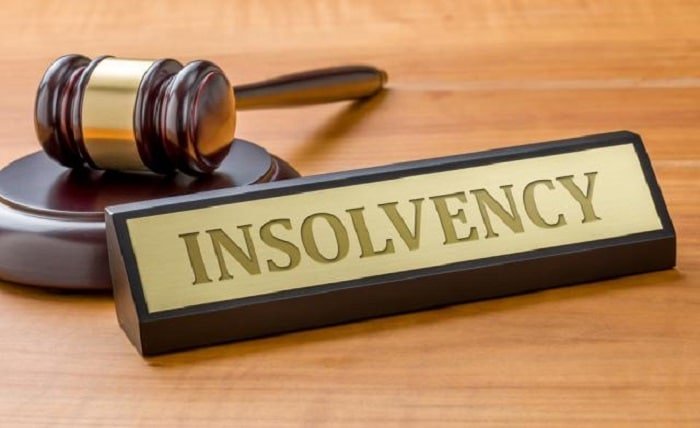Does Developer Insolvency Present a Threat to Project Completion?

As the real estate sector grapples with fluctuating interest rates, rising construction costs, and shifting buyer sentiment, the risk of developer insolvency is gaining prominence. When developers face cash flow challenges or financial mismanagement, the ripple effects can disrupt project timelines, undermine investor confidence, and jeopardize homebuyer contracts. Legal frameworks surrounding insolvency must be carefully evaluated to understand how stakeholders can mitigate exposure and enforce protections.
One of the key concerns is whether buyer deposits and pre-construction agreements remain secure if a developer files for bankruptcy or enters creditor protection. This is especially critical in high-growth investment regions. Explore real estate Punta Cana through GTA-Homes to assess how legal safeguards are structured in international markets with strong development pipelines.
Legal Recourse for Buyers and Creditors
In jurisdictions where escrow protections are mandated, buyer deposits are held in trust until certain construction milestones are met. However, these rules vary widely by region and are sometimes weakened by contractual exceptions or poorly enforced escrow arrangements. Legal advisors must review purchase agreements for clauses governing refund rights, dispute resolution mechanisms, and construction contingency plans.
For unsecured creditors, including contractors and service providers, insolvency introduces additional risks. Mechanics’ lien rights and payment bond claims can offer limited relief, but often require strict adherence to notice deadlines and procedural accuracy. Lenders and equity partners must ensure that their interests are prioritized through subordination agreements or intercreditor arrangements.
Impact on Construction Timelines and Permitting
When a developer becomes insolvent mid-project, construction sites may be idled indefinitely. Municipalities may revoke or suspend permits, insurance policies may lapse, and labor agreements may be terminated. Restarting development can take months—or years—especially when title to the property becomes entangled in legal proceedings.
To reduce disruption, some jurisdictions offer statutory receivership programs or developer replacement frameworks. These allow stakeholders to petition courts to assign new developers or transfer obligations without starting the permitting process from scratch. Legal professionals advising investors should be well-versed in these statutory relief pathways and their administrative burdens.
Contract Structuring and Risk Mitigation
Buyers, investors, and institutional partners must embed risk mitigation clauses into development agreements and financing documents. These may include performance guarantees, step-in rights for lenders, milestone-linked disbursement schedules, and insurance-backed warranty programs. Early legal review of contractual risk allocations can prevent prolonged disputes if insolvency occurs.
Joint venture structures should also anticipate insolvency scenarios, particularly where one party is responsible for capital contributions or construction oversight. Clauses governing dissolution, project handoff, and dispute arbitration must be activated quickly to avoid value erosion during uncertainty.
International Considerations and Enforcement Complexity
Cross-border developments introduce further complexity. When a foreign developer becomes insolvent, enforcement of judgments and creditor claims may be limited by local law, treaty protections, or jurisdictional barriers. Investors in international markets should conduct due diligence not only on the developer’s financials but also on the legal environment governing insolvency, title rights, and buyer protections.
Legal professionals must assess whether foreign judgments can be recognized and enforced in the project’s jurisdiction, and whether there are treaties or reciprocal enforcement mechanisms in place. In countries with volatile regulatory environments, contract enforceability may also hinge on local government intervention or political risk.
Broader Economic Effects and Policy Trends
Developer insolvency can also influence broader economic indicators, particularly in markets heavily reliant on real estate activity for employment and tax revenue. A stalled or abandoned project may reduce the taxable property base, delay infrastructure development, or result in lost job opportunities tied to construction and services. Local governments may need to intervene with public funding, policy adjustments, or incentives to attract alternative developers and restore project momentum.
Additionally, insolvency trends may prompt policymakers to revisit pre-construction sales models, funding requirements, and consumer protection rules. Jurisdictions with repeated project failures may impose stricter deposit insurance mandates, limit presale permissions, or require phased financing models to protect stakeholders. Legal professionals can play a key role in shaping these policies through industry feedback and litigation outcomes that expose systemic weaknesses.
Final Thoughts
Developer insolvency presents a multifaceted threat to project completion and stakeholder stability. From escrow protections to title clarity and from municipal relief measures to contractual design, the legal groundwork must be laid well before a crisis emerges. For those exploring dynamic and growing regions, work with trusted legal and financial professionals to assess how safeguards are structured for long-term confidence and project security.




